Home>Ideas and Tips>Creating a Functional Craft Room with an AI-Assisted Design Software Station
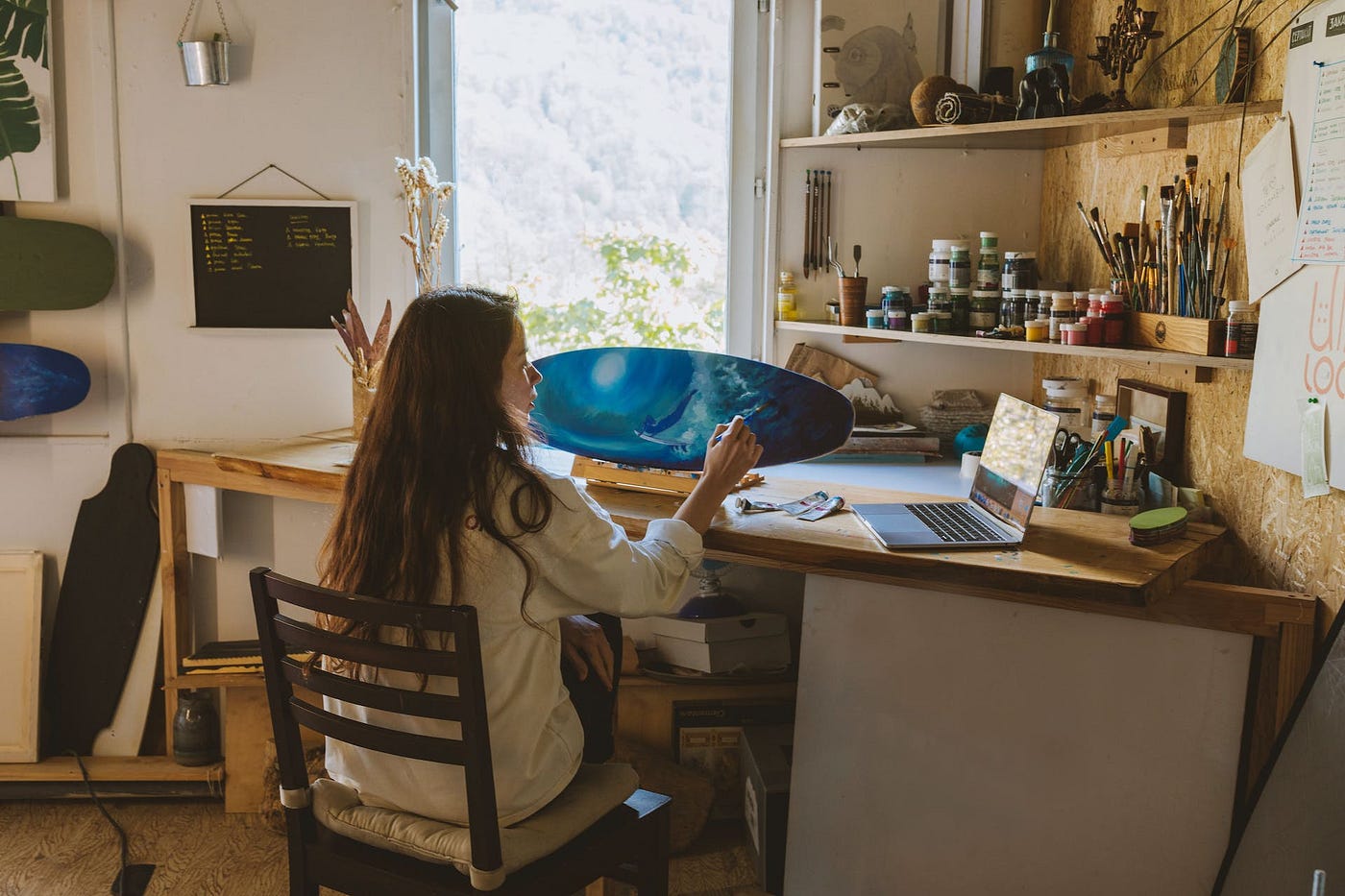

Ideas and Tips
Creating a Functional Craft Room with an AI-Assisted Design Software Station
Published: September 21, 2024
Design a functional craft room effortlessly with AI-assisted design software. Optimize space, select materials, and enhance lighting for a creative haven.
(Many of the links in this article redirect to a specific reviewed product. Your purchase of these products through affiliate links helps to generate commission for Storables.com, at no extra cost. Learn more)
Creating a functional craft room can be a daunting task. It requires careful planning, precise measurements, and a deep understanding of both aesthetics and functionality. However, with the advent of AI-assisted design software, this process has become significantly more streamlined and efficient. In this article, we will explore how AI can help you design a perfect craft room that meets your needs and enhances your creative space.
The Importance of a Functional Craft Room
A well-designed craft room is essential for any craft enthusiast. It provides a dedicated space for various activities such as painting, sewing, knitting, and other hobbies. A functional craft room not only keeps your workspace organized but also inspires creativity and productivity. However, designing such a room can be challenging due to the need for optimal space planning, material selection, and lighting.
How AI-Assisted Design Software Can Help
AI-assisted design software has revolutionized the interior design industry by automating tasks that were previously time-consuming and labor-intensive. These tools use machine learning algorithms to analyze space requirements, suggest furniture layouts, and even recommend materials based on your design style and preferences.
Space Planning
One of the most critical aspects of designing a craft room is space planning. AI room planners can automatically analyze the space and calculate furniture measurements to ensure that every inch is utilized efficiently. For example, tools like AI Room Planner allow users to upload photos of their space and receive rendered images of the same space in different styles. This feature helps you visualize how different layouts will work before making any changes.
Material Selection
Selecting the right materials for your craft room is crucial for both functionality and aesthetics. AI-powered interior design software can analyze your design style and suggest the most suitable materials based on precise measurements. For instance, tools like Foyr Neo can help you choose materials that are conducive to the style and utility of your space, ensuring that your craft room looks both beautiful and functional.
Lighting Design
Lighting plays a significant role in determining the overall mood of a room. AI interior design apps can analyze your requirements and automatically suggest the best lighting options. These tools consider natural light in a setting and provide lighting design suggestions that enhance the ambiance of your craft room. For example, AI Room Planner offers various room options, including living rooms, bedrooms, kitchens, and outdoor areas, each with specific lighting requirements.
Customization and Personalization
AI-driven interior design tools are designed to learn your client’s likings and tastes. They provide personalized design suggestions that match the exact preference of the client. This feature ensures that every design element in your craft room is tailored to your unique needs, making it easier to get instant approval from your clients. For instance, tools like Interior AI can detect a room’s overall interior details and generate design ideas based on those details, allowing you to virtually stage interiors in various styles.
Steps to Create a Functional Craft Room with AI-Assisted Design Software
Creating a functional craft room using AI-assisted design software involves several steps:
-
Define Your Requirements
- Start by defining what you need from your craft room. Consider the activities you will be doing in the room, the tools you will use, and the space you require for each activity.
-
Use an AI Room Planner
- Use an AI room planner to analyze the space and calculate furniture measurements. This will help you visualize different layouts and ensure that every inch is utilized efficiently.
-
Select Materials
- Use AI-powered interior design software to select materials based on your design style and preferences. Tools like Foyr Neo can help you choose materials that are conducive to the style and utility of your space.
-
Design Lighting
- Analyze your requirements and use an AI interior design app to suggest the best lighting options. Consider natural light in a setting and provide lighting design suggestions that enhance the ambiance of your craft room.
-
Customize Your Design
- Use tools like Interior AI to detect a room’s overall interior details and generate design ideas based on those details. This will help you virtually stage interiors in various styles, ensuring that each design element matches your unique preferences.
-
Visualize Your Design
- Use tools like Designedbyai.io or ArchitectGPT to create realistic images of your design. These tools provide user-friendly experiences that allow you to showcase your creativity and professional skills, ensuring that your craft room looks both beautiful and functional.
-
Finalize Your Plan
- Once you have visualized your design, finalize your plan by considering any structural misses or layout issues. Tools like Getfloorplan can help you create detailed 2D and 3D floor plans, as well as 360° virtual tours, ensuring that every detail is accounted for.
Case Study: Designing a Craft Room with AI-Assisted Design Software
Let's take a case study to illustrate how AI-assisted design software can help create a functional craft room.
Step 1: Define Requirements
For this case study, let's assume we are designing a craft room for an artist who primarily works with painting, sewing, and knitting. The room needs to have ample space for easels, sewing machines, and knitting needles. It should also have good lighting and storage for various art supplies.
Step 2: Use an AI Room Planner
We start by using an AI room planner like AI Room Planner. We upload photos of the space and receive rendered images of the same space in different styles. This helps us visualize how different layouts will work before making any changes.
Step 3: Select Materials
Next, we use an AI-powered interior design software like Foyr Neo to select materials based on our design style and preferences. For example, if we are going for a modern look with minimalistic decor, Foyr Neo will suggest materials such as sleek wooden tables or industrial-style shelving units.
Step 4: Design Lighting
We analyze our requirements using an AI interior design app like AI Room Planner. The app suggests lighting options that enhance the ambiance of our craft room. For instance, it might recommend installing LED strip lights under shelves or using floor lamps with adjustable arms to direct light exactly where needed.
Step 5: Customize Your Design
Using tools like Interior AI, we detect the room’s overall interior details and generate design ideas based on those details. This helps us virtually stage interiors in various styles such as modern minimalist or contemporary chic.
Read more: Creating A Functional Craft Room In An Attic
Step 6: Visualize Your Design
We use tools like Designedbyai.io or ArchitectGPT to create realistic images of our design. These tools provide user-friendly experiences that allow us to showcase our creativity and professional skills.
Step 7: Finalize Your Plan
Finally, we finalize our plan by considering any structural misses or layout issues using tools like Getfloorplan. This ensures that every detail is accounted for from creating detailed 2D and 3D floor plans to 360° virtual tours.
Conclusion
Creating a functional craft room with AI-assisted design software is not only efficient but also highly effective. By automating tasks such as space planning, material selection, lighting design, customization, and visualization, these tools make it easier than ever to design a space that meets your unique needs. Whether you are an artist or simply someone who loves crafting, using AI-assisted design software can transform your creative space into a haven where inspiration flows freely.
In conclusion, while traditional methods of designing a craft room can be time-consuming and labor-intensive, leveraging AI-assisted design software can streamline this process significantly. By following the steps outlined in this article and utilizing the right tools for each step, you can create a functional craft room that inspires creativity and productivity.
References:
- NASA Turns to AI to Design Mission Hardware – NASA’s Goddard Space Flight Center uses AI to design mission hardware, producing evolved structures that save up to two-thirds of the weight compared to traditional components.
- AI Interior Design Software – AI interior design tools like Foyr Neo automate tasks while ensuring accuracy, helping designers maximize their creativity and personalize designs for clients.
- Eduaide.Ai: Instruction by Design – Eduaide.Ai is an AI-driven platform that helps educators create lesson plans, teaching resources, and assessments, showcasing how AI can be integrated into various fields beyond design.
- 10 AI Tools to Generate Interior and Architectural Images – Tools like Designedbyai.io and ArchitectGPT use generative AI features to create realistic images of interior designs, aiding in visualization and customization.
By integrating these advanced technologies into your design process, you can create a craft room that not only meets but exceeds your expectations.
Was this page helpful?
At Storables.com, we guarantee accurate and reliable information. Our content, validated by Expert Board Contributors, is crafted following stringent Editorial Policies. We're committed to providing you with well-researched, expert-backed insights for all your informational needs.
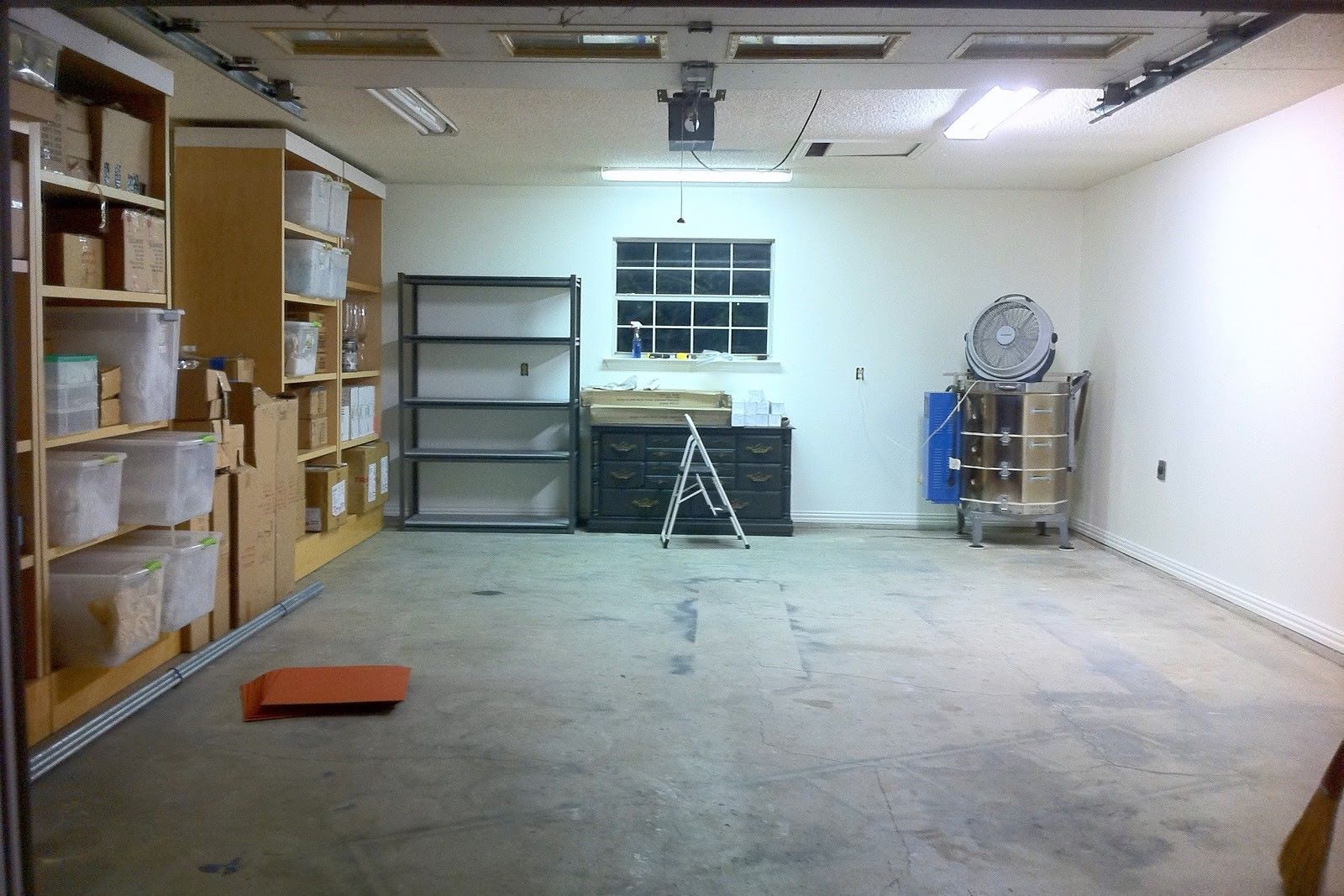
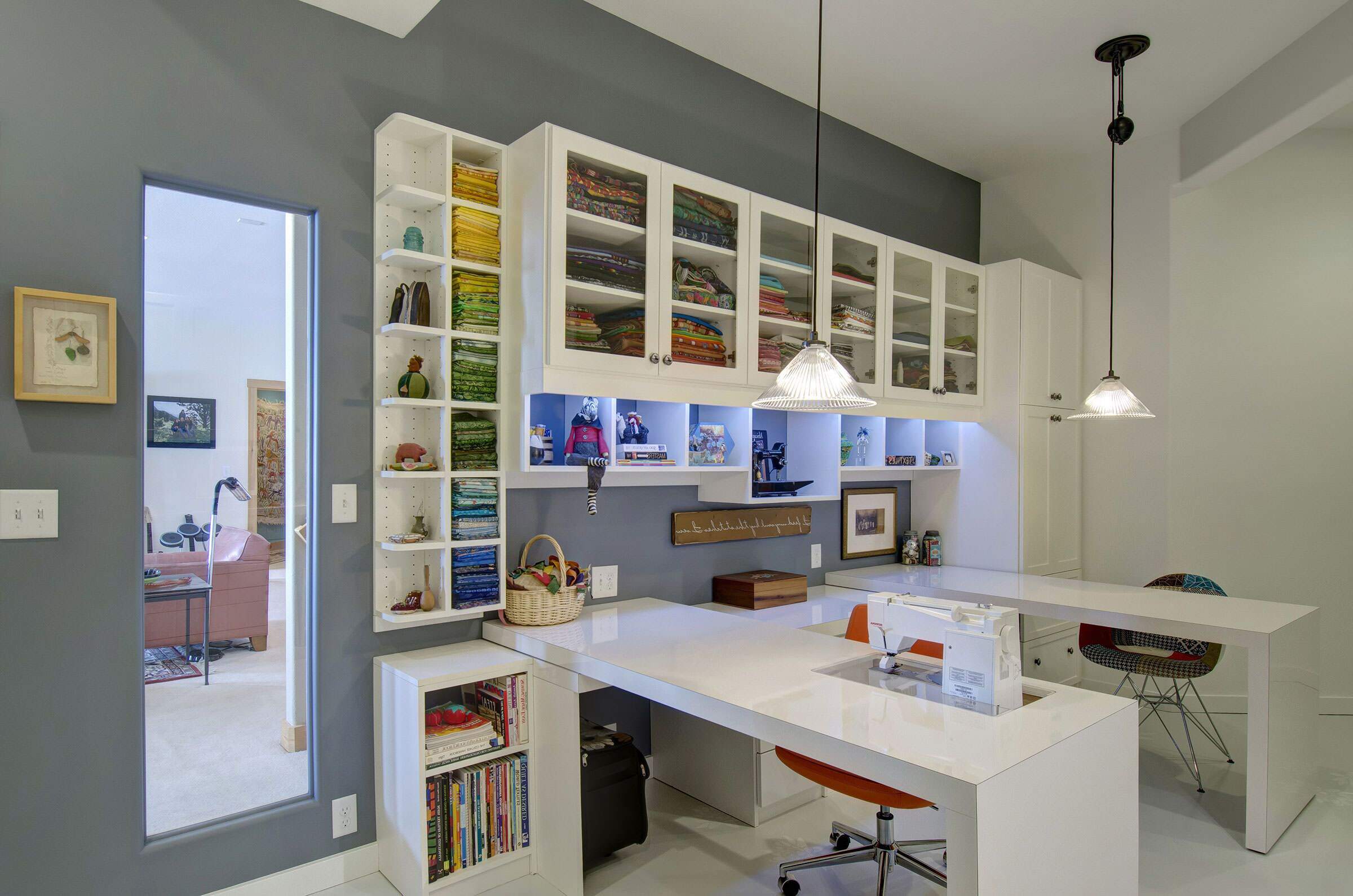
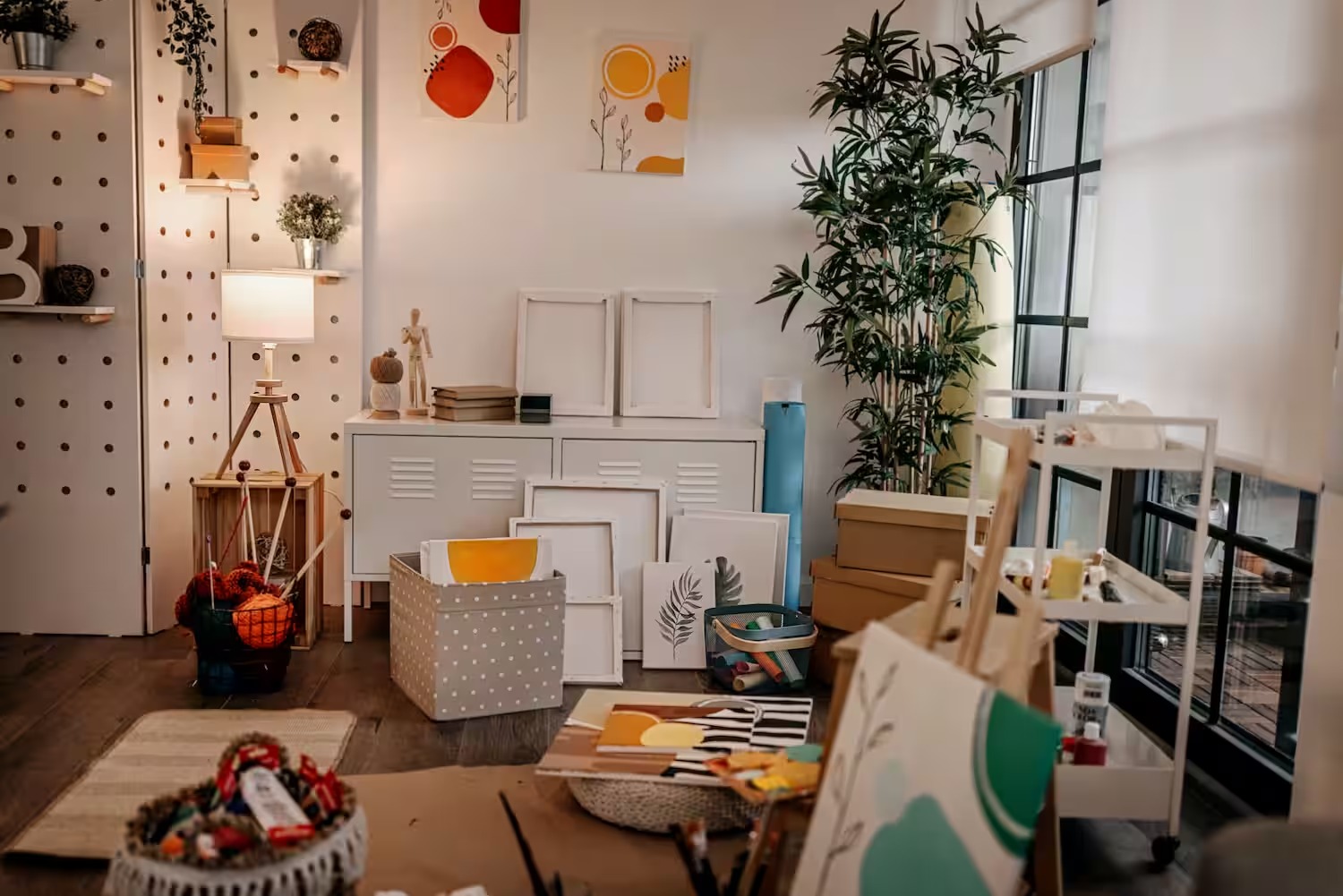
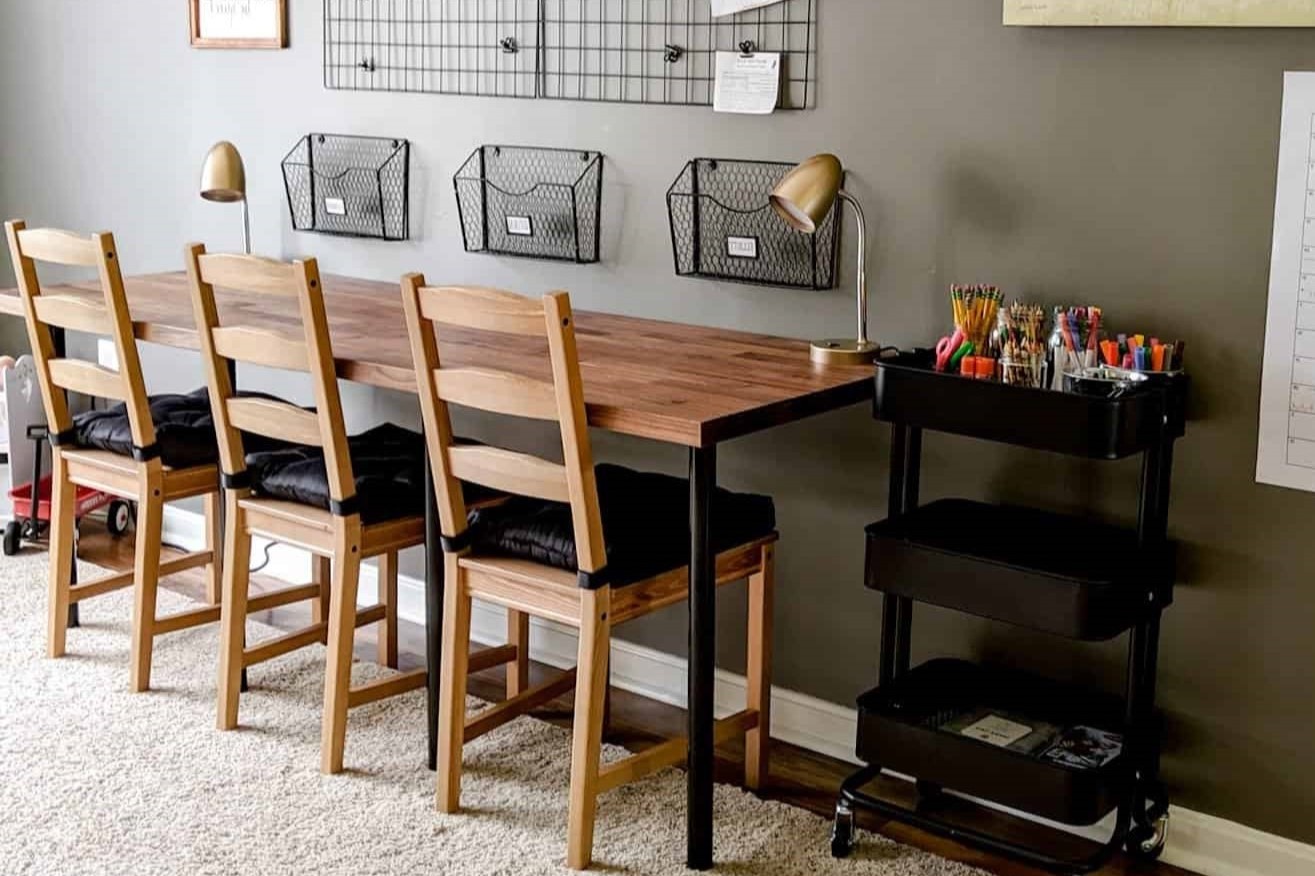
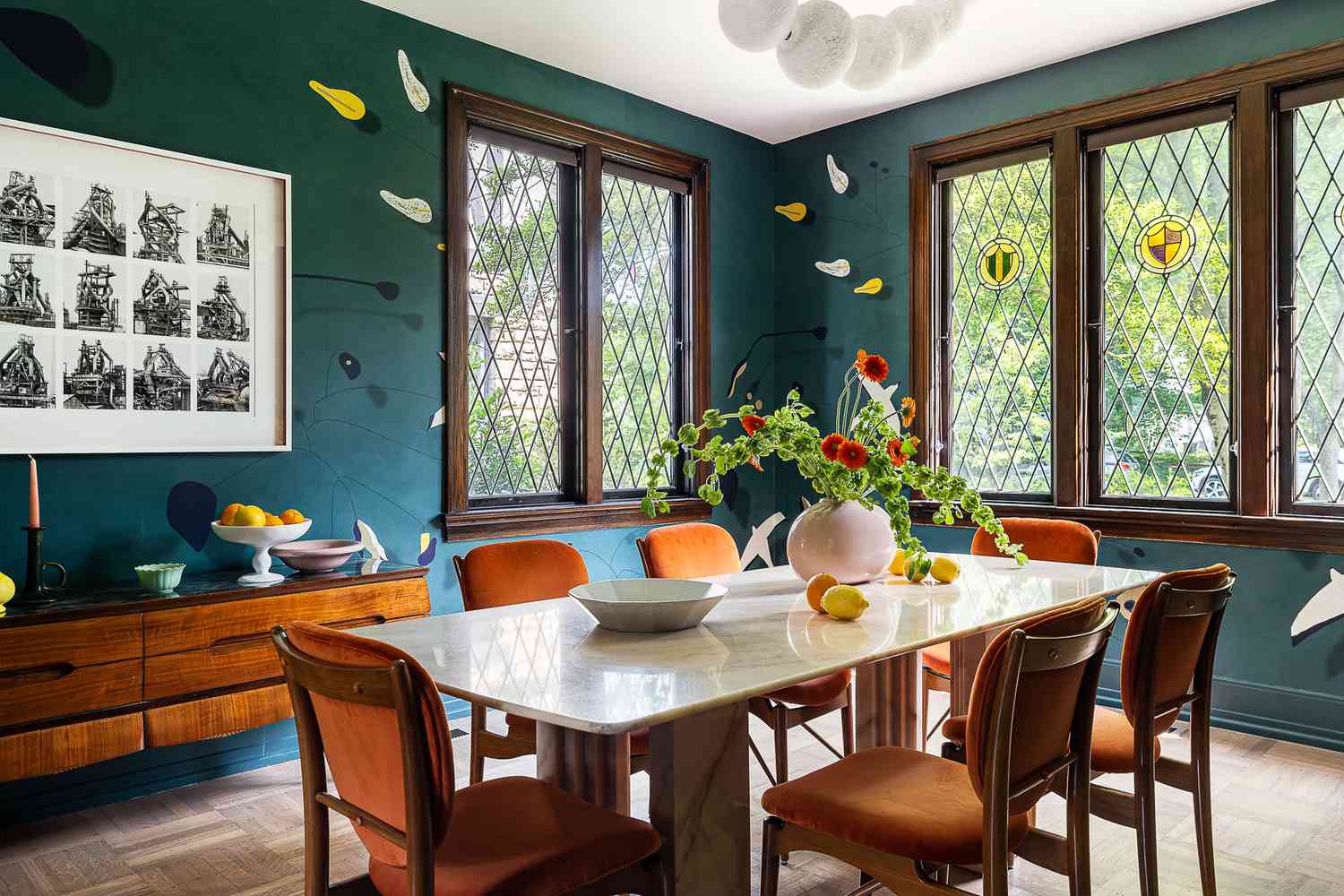

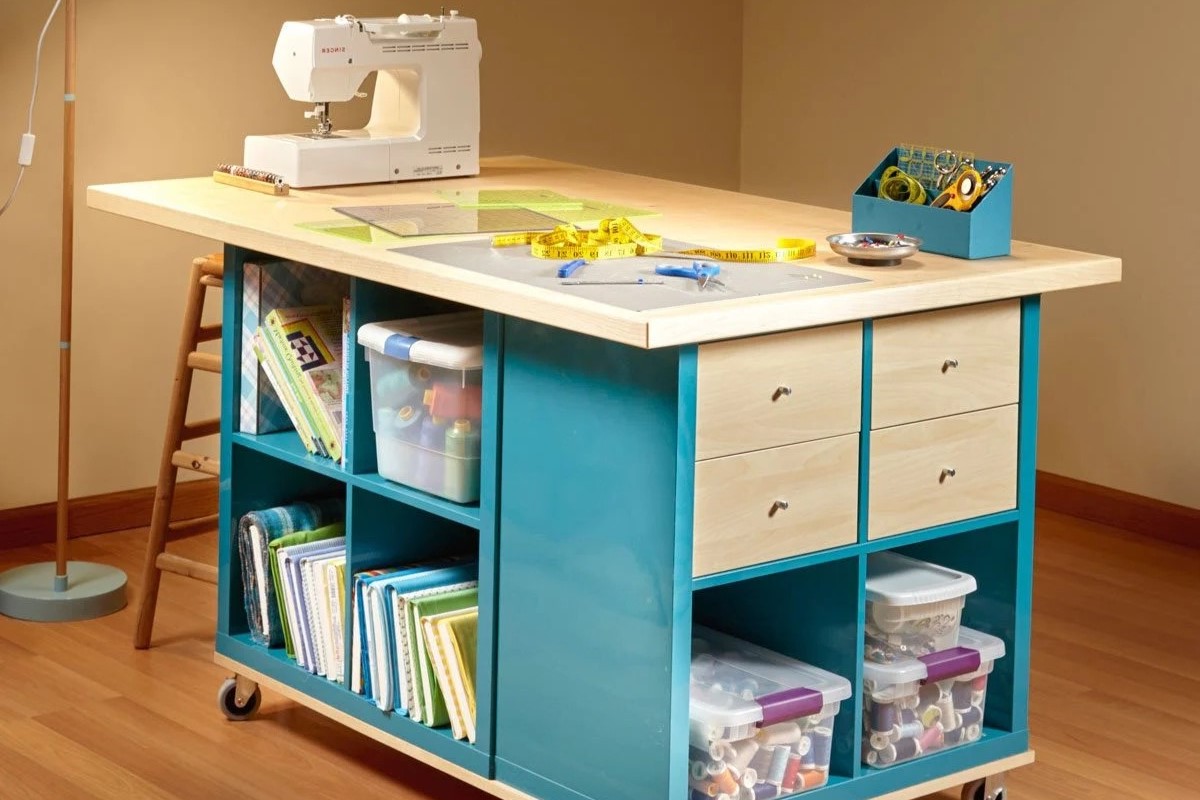
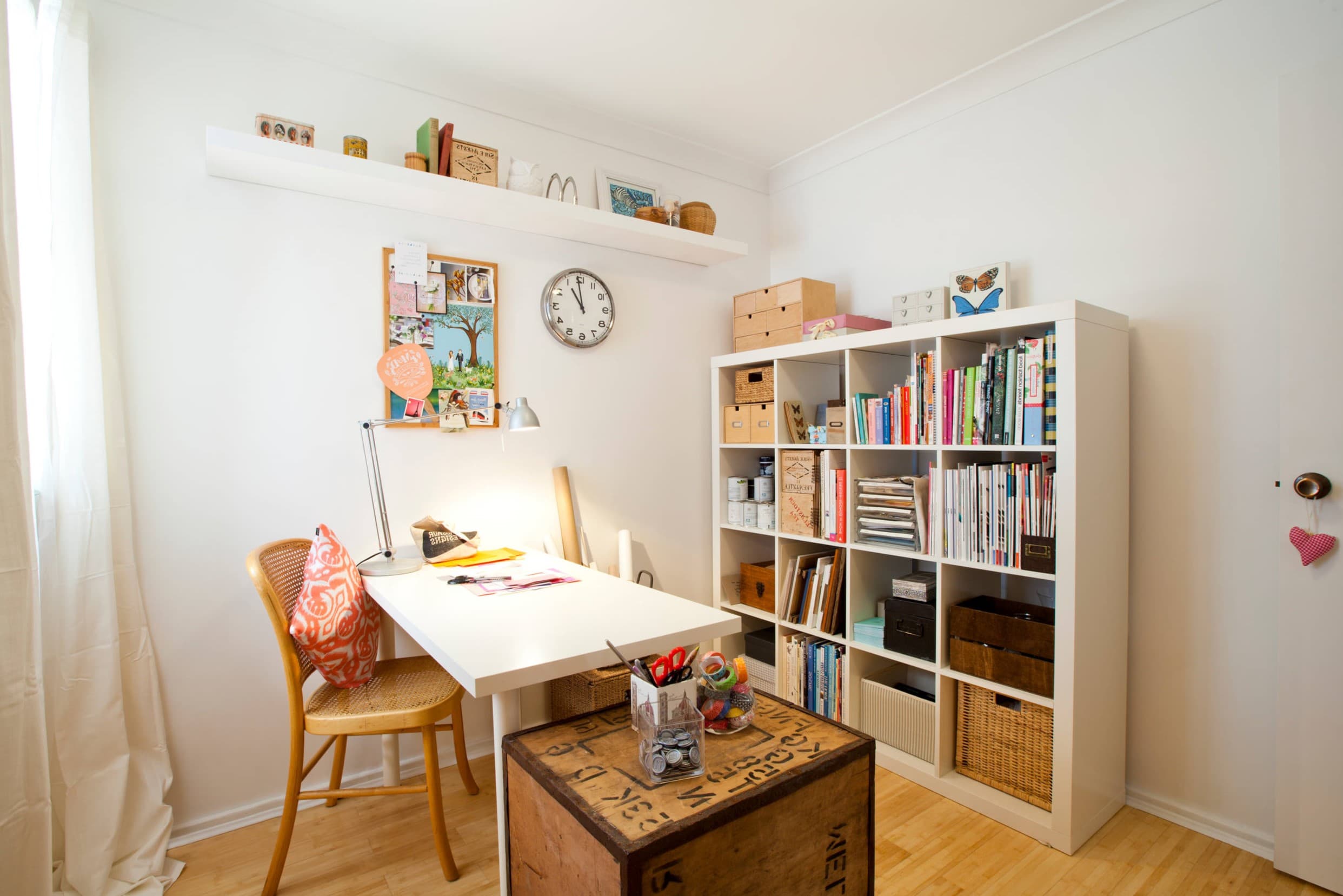
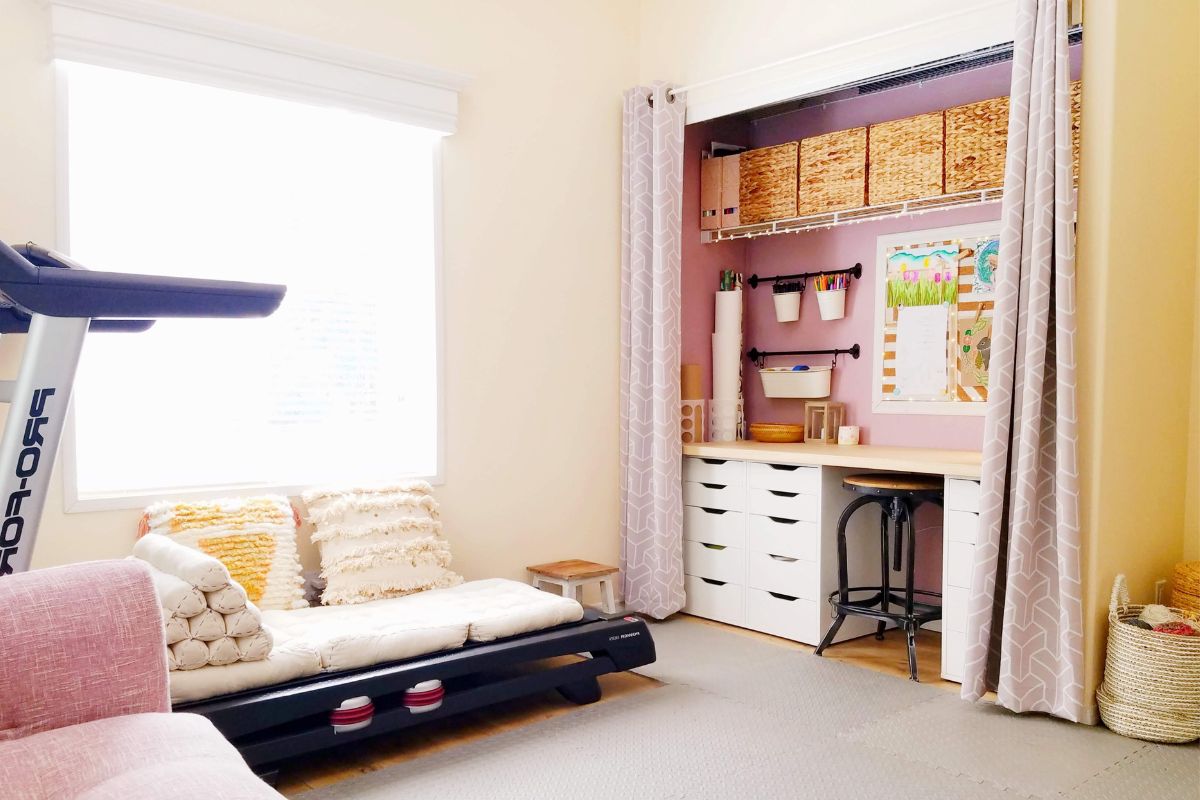
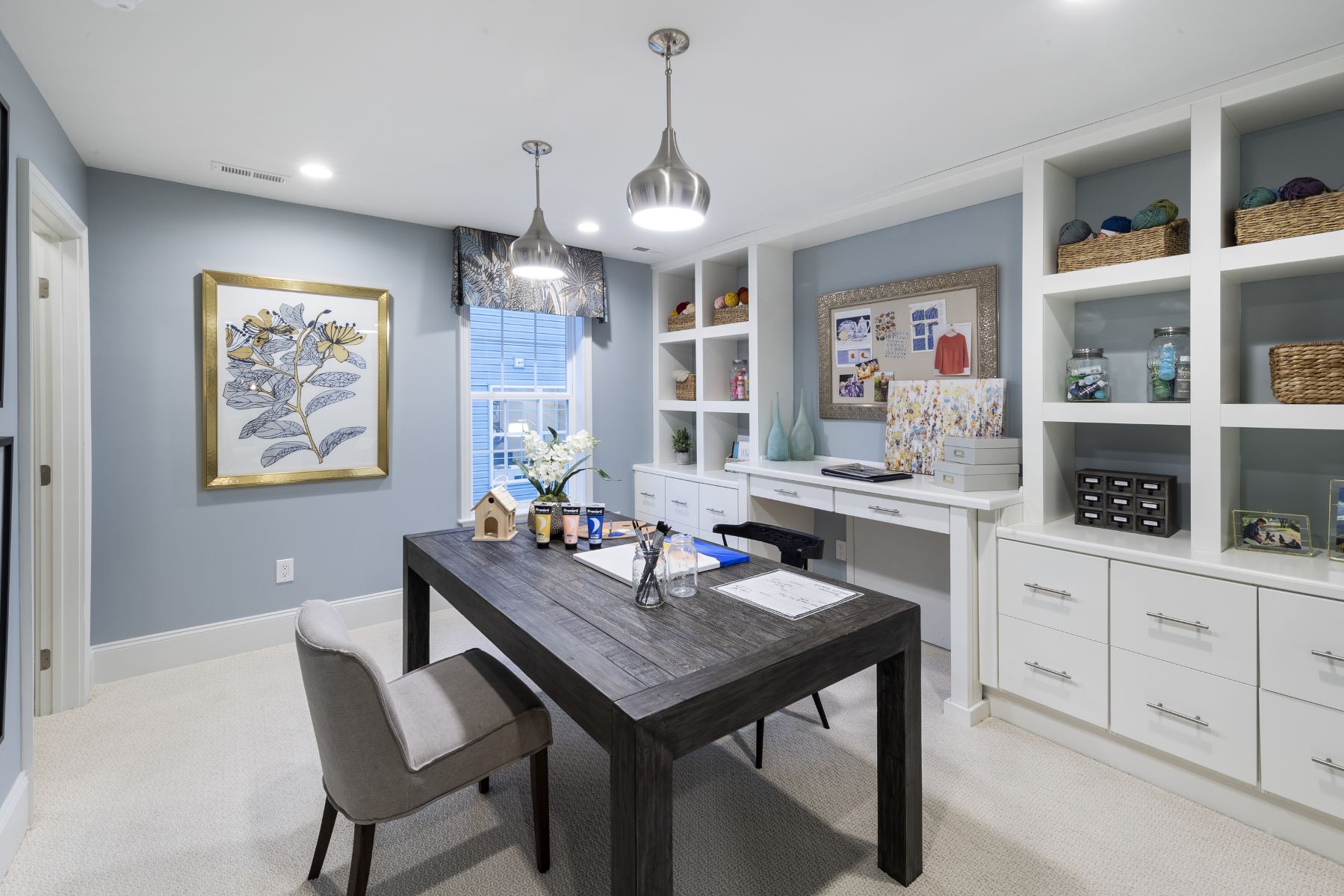
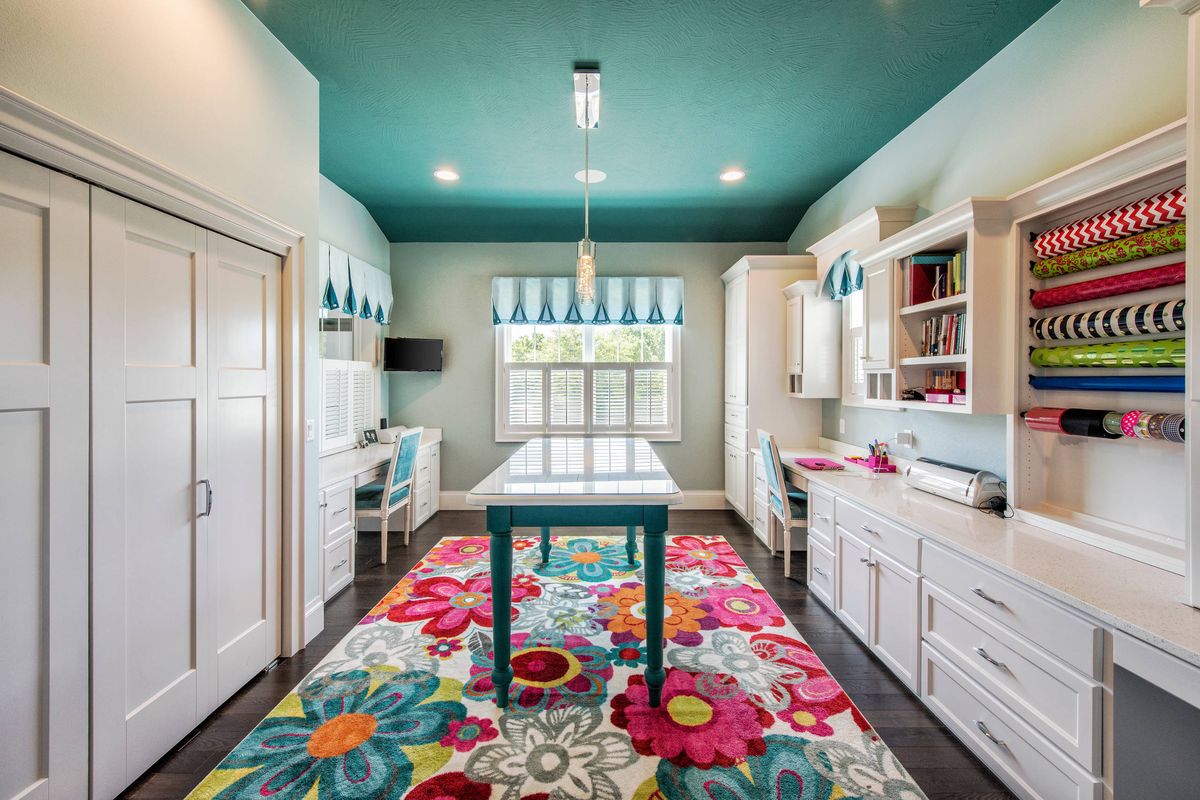
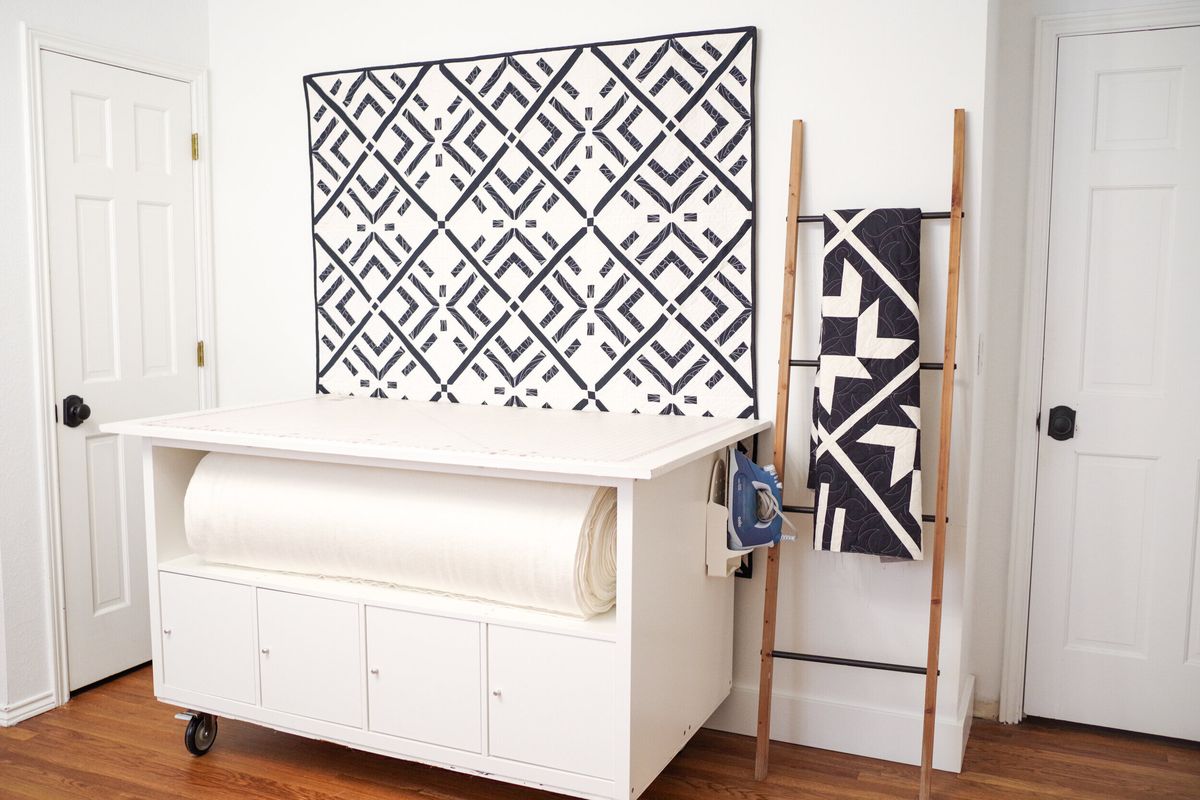

0 thoughts on “Creating a Functional Craft Room with an AI-Assisted Design Software Station”